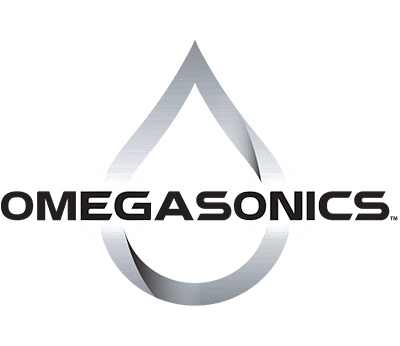When choosing or designing an ultrasonic cleaning system, there are certain considerations to keep in mind. These range from the types and size of objects to be cleaned to the particular type of contaminant that needs to be removed. This customization for your ultrasonic cleaner help determine everything from tank size to transducer frequency, as well as other ultrasonic cleaner design details.
Heat
Depending on the cleaning job to be done, heat will almost always be required. This can be controlled through either analog or digital controls. Ultrasonic cleaner activity heats liquid, so if a maximum temperature cannot be exceeded, the ultrasonic circuit, and the heating circuit, or both must shut off. Another option is a constant flow into and out of the tank of cooler flowing fluid or an external tank water jacket..
Filtration
With most contaminants, especially oils, filtration systems are necessary. When using an emulsifier solution, oils and other particulates will float suspended in the tank solution or sink to the bottom.
A pump must pull them from the main tank. If using a separator solution and only floating oils are present, an overflow weir is necessary to push fluid in from the surface of the bath through a set of filters in a closed loop process. A diverter valve can accommodate filtering from the overflow weir, the main tank or both simultaneously, depending upon the position of the valve.
Control Systems
Control systems give users the ability to control the volume or intensity of the ultrasonic action in the cleaning unit. This is sometimes necessary if wide assortments of parts are being cleaned.
Portability and Maneuverability of the Unit
Portability and maneuverability functions may be required. With smaller units, wheels or other specially-designed retrofits can be added. But for larger machinery, those typically over 350 gallons moving the unit typically requires a forklift…
Ultrasonic Cleaner Customization
Users may require some customization. Options such as, alarms, lights, auto fill and drains, conductivity meters, and output timers that automatically cycle a filtration or flush after an ultrasonic cycle will work if the application calls for it. However, basic batch machines are best left to be simple, low-option units as these make them easier to work with.
Location & Environment Considerations
An ultrasonic generator should never be in a room that has strong atmospheric acids, such as a plating line, which will corrode internal components. In this case, generators should be fitted with extended coax cables and be housed in a separate room. Equipment must be built to handle the overall moisture in the room where it is located. Circuit boards should be blown off occasionally, and generators also should be housed in a climate-controlled electrical housing.
Multi-stage Options
Many applications require more precise cleaning and rinsing that can only be accomplished in more than one stage. The number of stages required is determined by the application, the type of filtration necessary in each stage and whether a final hot air dryer stage is necessary.
Robotics also can be used to move parts baskets seamlessly from stage to stage with minimal labor.
Two-stage systems are a common design for multi-stage systems, though three- and four-stage systems are very popular especially if you are adding a dryer section.
Two-stage units don’t affect simplicity of use or portability. The first stage is an ultrasonic wash using a detergent followed by either a heated rinse to remove soap residue or a heated ultrasonic water rinse to ensure better final cleanliness.
Because of part complexity or the chemical makeup of the contamination, some applications may be more effective using multiple wash cycles differing in chemistries or rinse cycles.
Complex industrial items with intricate multi-threaded blind holes or requiring a higher degree of final cleanliness should also go through a rinsing process, preferably heated. Depending upon the level of cleanliness needed, the secondary rinse may be helped by adding ultrasound to remove residual debris and any remaining soap residue.
Designing a customized and effective ultrasonic cleaner involves knowing both what its purpose will be and what specific design functions should be taken into consideration. Fortunately, you have an expert partner in Omegasonics. Simply contact one of our ultrasonic cleaning consultants today at Omegasonics or give our experts a call at (888) 420-4445. We’ll help you design the right ultrasonic cleaner for you!
